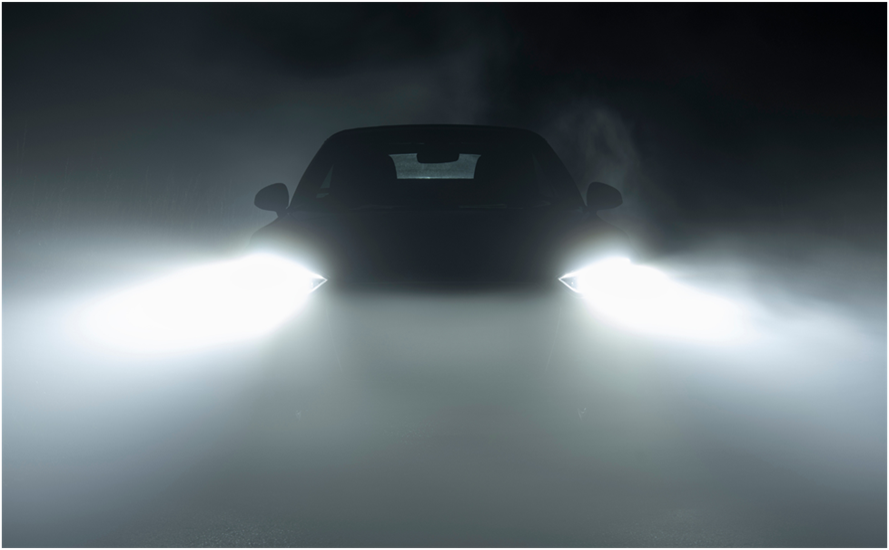Low visibility at night can be scary for even the most experienced drivers. Perception, color recognition and peripheral vision all become severely limited in the dark. High-beams illuminate the road 350-400 feet ahead; twice as far as low beams. High beams can improve safety, but can also endanger other drivers if used incorrectly.
We have all been met with an approaching driver on the road who forgets to switch off their high-beams. If you find yourself in this situation, look to the right edge of the road and try to avoid looking directly into the approaching headlights. But, what if there was a way to automatically have your vehicle switch off your high beams when another vehicle is approaching?
The automatic high beam dimmer has arrived! Engineers started working on this way back in the 1950s. One automaker came up with an odd-looking device that mounted on the dash. It had a phototube in it and, when it was hit by light, it would activate a mechanism that switched headlights from high- to low-beam. It didn't work all that well and mistook a lot of other lights for oncoming cars.
Steadily, technology improved and computers became the game changer. The latest automatic high beam dimmers (also known as High Beam Assistant) work very well. They combine a forward-looking camera in the rearview mirror with a computer to analyze lights ahead of the vehicle. The computer can distinguish between oncoming vehicles, reflections off street signs, taillights, ambient city lights, and street lights.
Engineers are also working on a split beam that would be able to selectively illuminate the road in front of your vehicle and block a portion of the light from reaching the oncoming driver's eyes.
If you have a burned-out headlight or are noticing that your headlights are dimming, we can replace headlamps to restore your night vision.
Give us a call!
Eureka Brake & Automotive
707.443.2122
Revised from content contributed by NAPA Service Assistant

